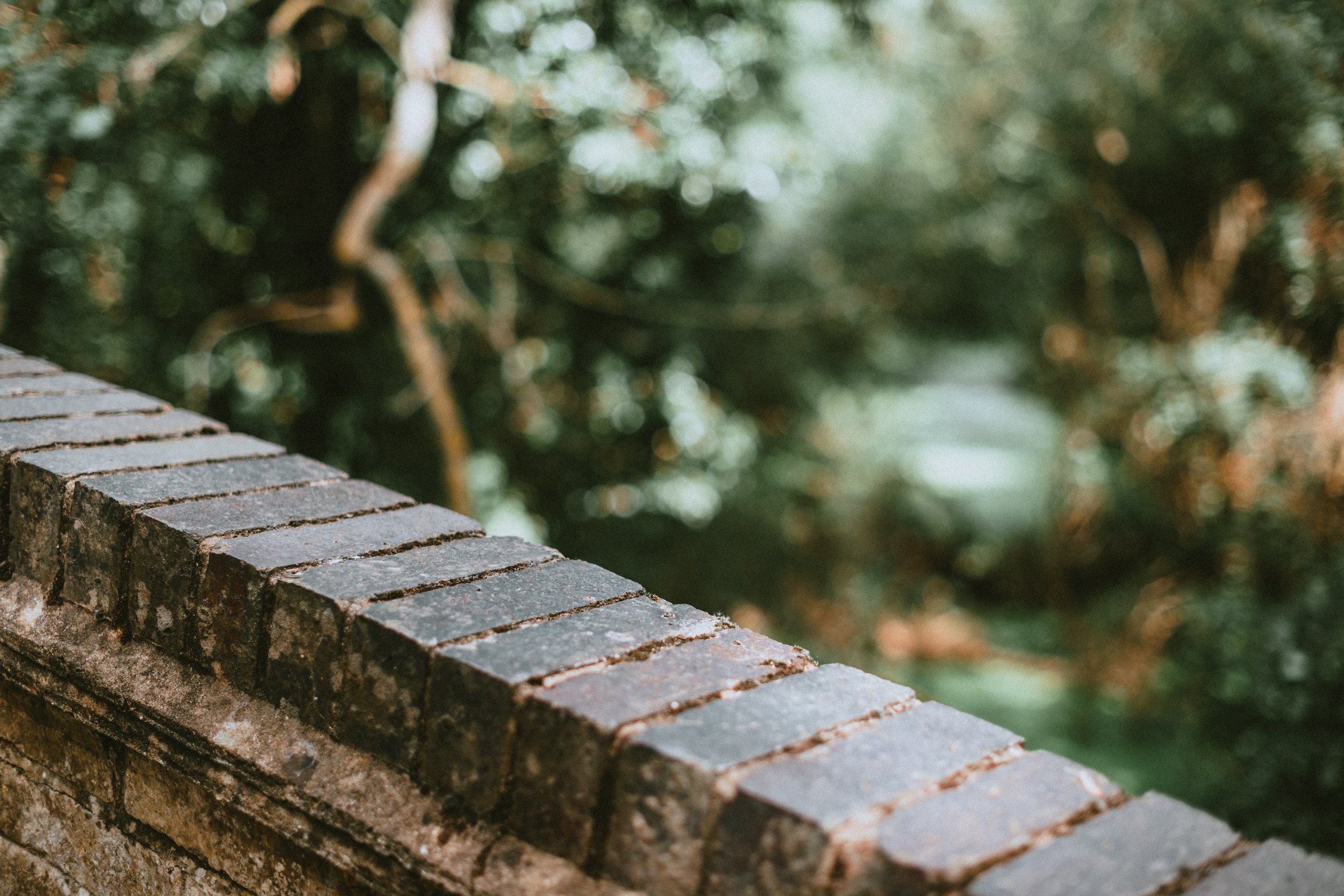A Journey Down Memory Lane, With A Camera!
I’ve always admired photography’s ability to capture moments in our past and how these captured moments form an intrinsic part of our memories and recollections of events and bygone places. In his influential book, Camera Lucida, Roland Barthes explores photography’s semiotics and how images can personally relate to us as individuals. Barthes characterises this process as studium (that which you want to study) and punctum (that which personally wounds you). The book, which is part eulogy to Barthes’ late mother, for whom he had become devoted, explores the semiology of photography and along with Susan Sontag’s work helped form the foundation of our understanding into photography, which other photographers, authors and semiologists have subsequently built upon. It is however, for the purpose of this article and the set of photos I intend to share, punctum, or that which touches me, which I want to focus on and explore here.
Recently I had the opportunity to return to the town of my childhood for the afternoon and had a walk around, recalling old memories and places. The following set of photographs, and recollections, is from that process. And whilst I accept this is a journey into the mundane, hopefully the process will inspire you to go on your own journey into your past and photographically explore the places to which you were once connected.
Taking a picture of Alconbury Brook in Hinchingbrooke Country Park. Photo: Evgeniya Righini-Brand
The East Coast Main Line was an important part of my childhood, with many trips around the United Kingdom starting at Huntingdon Train Station. The railway also passed by my house on St Peters Road and I remember the house being shaken every morning by the heavy goods train being towed by a Deltic locomotive with its notorious drone. This view of the railway line, taken from the road bridge which spans the railway station, has changed somewhat, because there used to be another bridge spanning both the railway station and the road bridge, which carried the now defunct A14 flyover past Huntingdon and on to Cambridge.
Edison Bell Way & Dresden’s Walk
Now blocked, fenced off, and part removed to make way for future developments and the constructions around Edison Bell Way, which connects Brampton Road with Ermine Street, we used this footpath regularly when walking to the train station and when I was a student at Hinchingbrooke Sixth Form and used to cycle to school. Not much remains now, and the area is showing signs of neglect (not that it was ever particularly loved) with overgrowing weeds and rubbish festooning the ground. The factories, which if I remember correctly produced farming machinery (Rustons Engineering CO. (RECO)) and rubber seals for cars (Silent Channel, and later Cooper Standard), which were major employers in the town, are now long gone and their sites are now barren wasteland or have been redeveloped into housing.
Above: Much has changed around the town, which in itself is odd because for all the years I lived there, nothing ever seemed to change. You then leave a place and spend several decades away, and you hardly recognise the place. The project is very much about the little bits, both the nice and the ugly, which I still recognise, like the beginning of this pathway from Ermine Street. At the time I never knew is was called Dresden’s Walk, to me it was simply the grubby little footpath which ran from Ermine Street around the back of the police station. I cannot say my memories of it are particularly pleasant, it was, and still is, grubby, with the ground lined with black soot from the nearby factories.
Below: Another view of Dresden’s Walk looking out on to Ermine St. taken by Evgeniya. Photo: Evgeniya Righini-Brand
The River Great Ouse & The Riverside Mill
Above: The River Great Ouse, looking eastwards towards the Riverside Park and the Purvis Marine. Photo: Evgeniya Righini-Brand
Below: Huntingdon and Godmanchester were an important bridgehead with Ermine Street connecting London and York, crossing the River Great Ouse here. The river is spanned by the Old Bridge, which was built in ca. 1332 (there was a previous bridge which it replaced) with construction starting from both banks and there is a slight kink in the middle because the two halves were not perfectly aligned! Next to the Old Bridge sits the Riverside Mill, which has long since been converted into apartment blocks.
Castle Hill & Huntingdon’s Beacon
Above: Evgeniya sitting on a bench next to the beacon on top of Castle Hill.
Below: Baked crisp and brown by the recent heatwave, the grass on Castle Hill looks to be in a bit of a sorry state! I have many mornings of this small park on Huntingdon ring road, which used to be a Norman castle (hence its name) and a beacon which I remember being installed to celebrate the 400th anniversary of the Spanish Armada.
Hinchingbrooke Country Park
We had parked at Hinchingbrooke Country park, so our walk around the town eventually looped back to the park where I spent several years working as a volunteer, after having completed my obligatory school ‘work experience’ there in early 1999.
An old part of Brampton Road, now converted into a neglected cycle path. This piece of road last saw motorised traffic long before my time in the town, and despite having become somewhat more overgrown, has remained much the same. We used to come barrelling down this road from Hinchingbrooke House (which is where the school’s sixth form is based) on our bikes. I remember building up what I thought at the time was a terrific speed, but was actually probably fairly slow!
I remember this footpath which runs through the forrest next to Alconbury Brook and is a part of Hinchingbrooke Country Park well and have been up and down it thousands of times. Probably my most vivid memory is one of the many bike rides my father used to take me and my brother on in the evening. My brother was always more accident prone and skidded on the freshly laid gravel here whilst cornering on his steel road bike! The outcome of the accident was no more than tears and a grazed knee, but its one of those things which remains in the lexicon of youth and is instantly recalled when you revisit a place.
If you would like to learn about the techniques used to edit these photographs, check out my course Adobe Lightroom Classic: Advanced Workflow & Tips for Enhancing Your Color Edits (available on Skillshare and on Teachable) where I teach how to create and structure advanced photo edits in Adobe Lightroom.





















